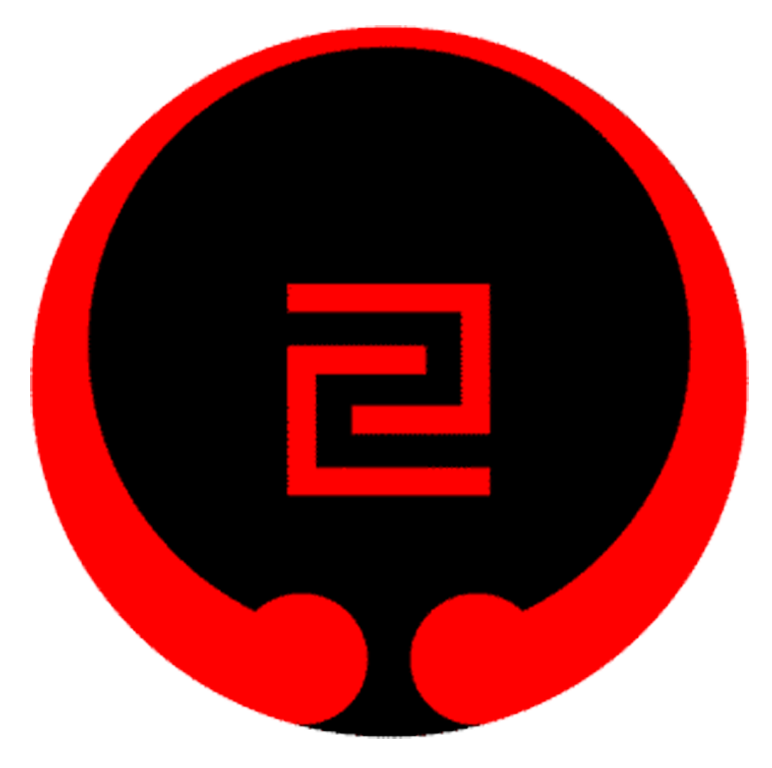Students should try not to be late for training. |
All students will bow when entering or leaving the Dojo. |
If a senior student is standing behind you at the entrance let him/her go first. |
Footwear is not permitted on the Dojo floor at any time. |
| No jewellery will be worn during the lesson. |
Finger and toenails should be kept short to prevent injury to others. |
Karate-ka will not eat or chew gum at any time in the Dojo. |
No Karate-ka will swear in the Dojo. |
| Whilst observing training students will either sit in "SEIZA" (kneeling) position or stand without leaning or slouching. |
Students will acknowledge their opponents and any correction of their training by the Sensei with the word "OSU" (pronounced 'oos'). |
Each training session will begin and finish with "MOKUSO" (meditation). |
Karate-ka train in white training clothes called a "GI", together with the appropriate coloured belt (OBI) for their grade. A badge symbolising the GoJu Ryu motif should be worn. |
| When the instructor calls for training to begin ("SHUGO") students will line up smartly. When joining a line, which has already formed, students will join from behind and not from the front. An approved instructor controls a Karate Dojo. They will be referred to, at all times, as "SENSEI". Assistant instructors or higher graded students are called "SEMPAI" and the other students "KARATE-KA". |
